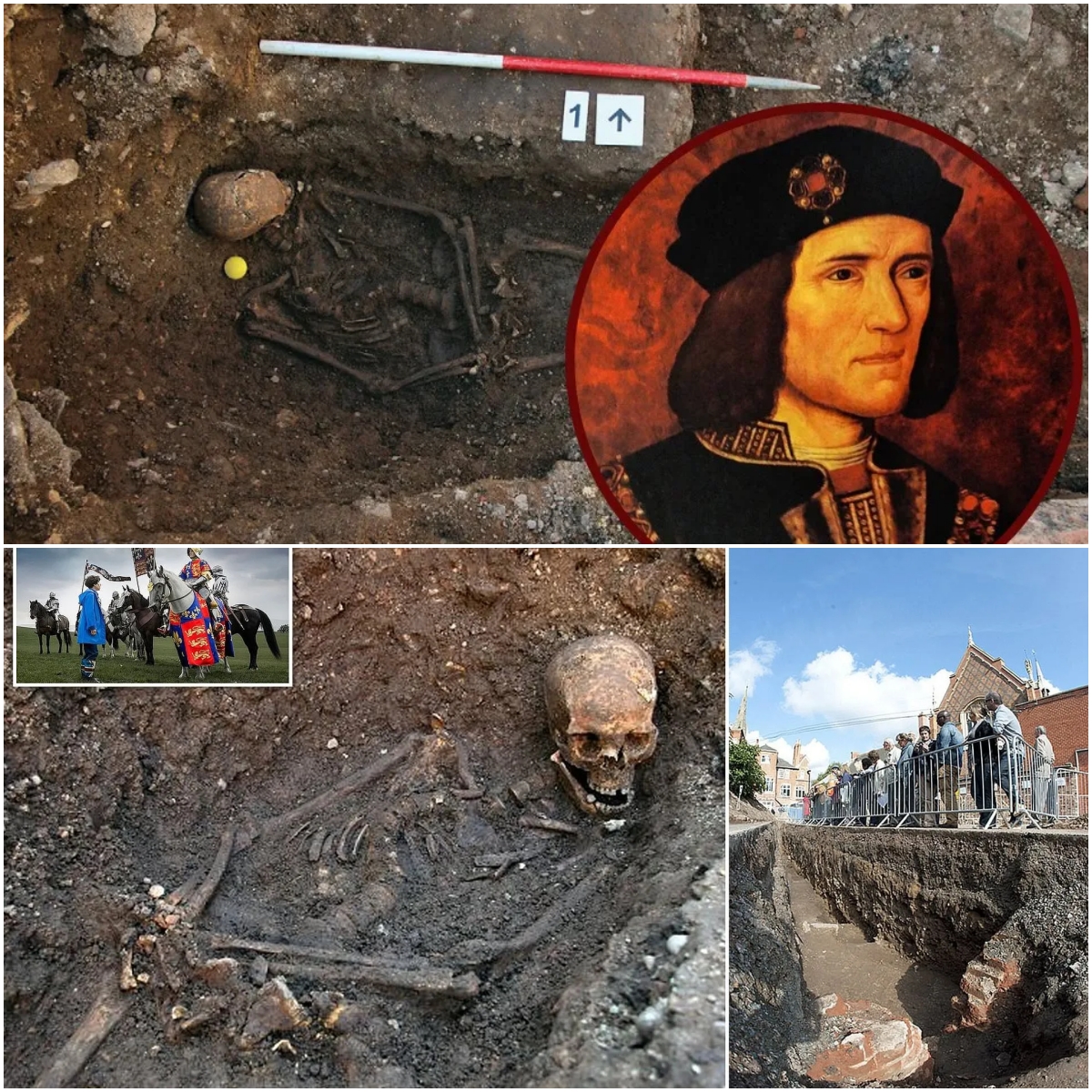A 14,000-Year-Old Bison: Art from a Distant Past
At the end of the 19th century, during a series of archaeological excavations in Madeleine a cave located in southwestern France, researchers unearthed the carving. The site is an important Paleolithic rock shelter, which gives its name to the Magdalenian culture, known for its advances in tool making, bone carvings and works of art.

The discovery of this tiny, intricately carved bison left archaeologists stunned. Measuring just a few centimeters in length, the carving is a testament to the skill and craftsmanship of our Ice Age ancestors. Despite its small size, the level of detail and realism captured in the carving is extraordinary and shows an intimate understanding of the natural world.
This work of art is distinguished by its remarkable realism and attention to detail. The muscular shape of the steppe bison, the folds of its skin and its posture, which suggests that it is performing a natural behavior, serve to bring the animal to life. The bison is shown in a moment of self-care, tilting its head toward its back, probably to lick an insect bite or irritating scratch.
This realism is rare in prehistoric art, especially if we take into account the tools and materials available to the artist. Using reindeer antlers as a material would have required precision, and any mistakes could have ruined the entire piece. The carving’s ability to evoke such a specific moment in animal behavior reflects an intimate connection between the artist and the wildlife that surrounded him. It suggests that people of the time closely observed animals and their actions, perhaps as part of their daily survival routines, as well as for spiritual or symbolic reasons.
He steppe bison (Bison priscus) was a huge herbivore that roamed the plains and forests of Ice Age Europe, Asia, and North America. With its thick fur and strong build, it was well adapted to the harsh, cold environments of the Pleistocene. At the time the carving was created, humans and steppe bison would have coexisted, with the bison being a vital source of food, clothing, and material for tools and art.
Although the bison depicted in the sculpture is now extinct, its legacy lives on through closely related species such as the american bison modern and the european bison (also known as European bison). The sculpture not only offers a glimpse into the fauna of Ice Age Europe, but also highlights the importance of these animals in the lives of prehistoric people who depended on them for survival.
Although we may never know exactly the intentions behind the creation of the “Bison Licking an Insect Bite,” it is possible that this work of art had more than just aesthetic value. During the Magdalenian period, art often served both symbolic and practical purposes. Some carvings, paintings and sculptures were used in hunting rituals or as teaching tools, passing on knowledge about animal behavior and survival tactics to future generations.

In the case of the bison carving, it is possible that it was part of a larger set of symbolic objects or had spiritual significance. The bison’s act of licking its flank could have represented themes of healing, self-preservation, or renewal, ideas that were fundamental to human life at that time. Another possibility is that it was simply an observation of nature, capturing a fleeting moment in the daily life of an animal.
The artist behind this bison sculpture would have used simple, but effective tools made of stone, bone or antler to create such delicate details. The artist’s ability to convey texture and form (such as the softness of the bison’s body in contrast to the roughness of its fur) demonstrates a high level of artistic and technical skill. It also speaks to the depth of observation and patience required to create such a realistic depiction.
Furthermore, the choice of material (reindeer antler) was not only practical, but symbolic in itself. Magdalenian artists often used horns to create tools and carvings, suggesting that they valued the material both for its durability and its connection to the animal world.
The “Bison Licking an Insect Bite” sculpture is a powerful reminder of the sophistication and creativity of early humans. This work of art is more than just a relic of the past; It is a testament to the enduring connection between humans and nature. Through these pieces, we gain insight into the lives of our ancestors and their ability to capture the essence of the world around them.
At 14,000 years old, this tiny but magnificent sculpture continues to inspire awe and wonder, offering us a glimpse into the shared history of art, wildlife and human expression. It invites us to reflect on the power of observation, the importance of nature in human culture and the eternal search for beauty and meaning through art.
When we contemplate this ancient work of art today, we can only marvel at the talent, patience and creativity of the Magdalenian artist who, without the benefit of modern tools, captured the bison in a moment so full of life and movement that it still resonates with us. millennia later.
The “Bison Licking an Insect Bite” sculpture is not just a representation of an extinct animal, but a symbol of human ingenuity and our enduring connection to the natural world. Discovered in the La Madeleine cave in France, this artifact is one of the most detailed and realistic representations of the Ice Age. It reflects a deep knowledge of animal behavior and reveals the sophisticated art of prehistoric people. Through these works, we gain invaluable insight into the past, while also realizing the timeless nature of human creativity.








